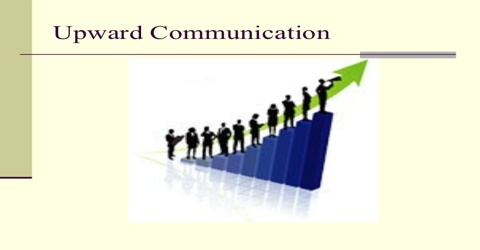There is a common saying that distortion hampers the upward communication channel. Distortion is a result of communication in which the original, intended meaning of a message is replaced with a different interpretation as the receiver reconstructs the meaning of the message. Such distortion occurs intentionally, unconsciously, or due to mistake. When the decision is taken based on distorted messages or information then the management has to suffer a lot. Some factors responsible for such distortion in the upward communication channel are highlighted as follows:
Causes of Distortion of Message in the Upward Communication Channel
Many times distortion hampers the upward communication. Distortion occurs intentionally, unconsciously, or due to mistake. As a result, management has to suffer a lot for decision making.
- Fear of loss of image: Subordinates at generally very much conscious about their own image in the organization. They intentionally pass only that information that is helpful for maxims and budding their image. In doing so, they sometimes conceal real informatics and present information by coloring them that leads to distortion and filtering of the real message.
- Suspecting Attitude: Lower level start’ or employees always make doubt to their supervisors or higher officials. Such a suspect causes irregularity and provokes the employees to forward distorted news or information.
- Dissatisfaction: In many organizations, upward communication is neglected by top management. This creates dissatisfaction in the mind of workers who are found to be reluctant to work I’m the Organization.
- Lack of self-confidence: While making any, upward communication, subordinate always hesitate or rear because they lack confidence in them whether to communicate or not. this causes employees to keep away from the management and their respective problems remain unsolved.
- Flattery: In many occasions, it is found that subordinates try to flatter their superiors to get some advantages. Workers hide or conceal the real matter away from their boss which leads to a wrong decision taken by the management.
- Violation of sequence: Sometimes employees avoid their immediate superior and direct contact with the top executives which Create conflict in, the Organization. ‘therefore a haphazard situation may arise in the line of the Organizational function.
- Lack of Trust: Sometimes attitude and behavior of the superiors may not be acceptable In the subordinates because of false assurance, misconduct, or any other reason. “l here is every chance of distortion of communication here.
- Resistance From Employees: Employees rarely initiate upward communication as they are afraid of being ignored. Such communication often meets with improper recognition, so they hesitate to initiate it again.
- Unwillingness to Admit Failure: Many employees in the lower hierarchy are insecure about their jobs and uncertain about their future prospects. They, therefore, feel unwilling to discuss their on-the-job problems with their superiors.
- The expectation of reward and promotion: Subordinates expect recognition, reward, and promotion from the organization. In order to fulfill such expectations, they conceal the real fact and pass those messages that create a favorable impression about them in the mind of their superiors. In this way, they distort the messages of the upward communication channel.
The above factors are required to be addressed and solved for the sake of is the Organizational goal.
















